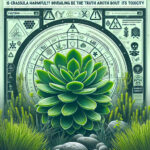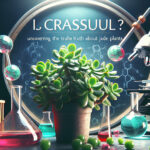Introduction to Crassula Plants
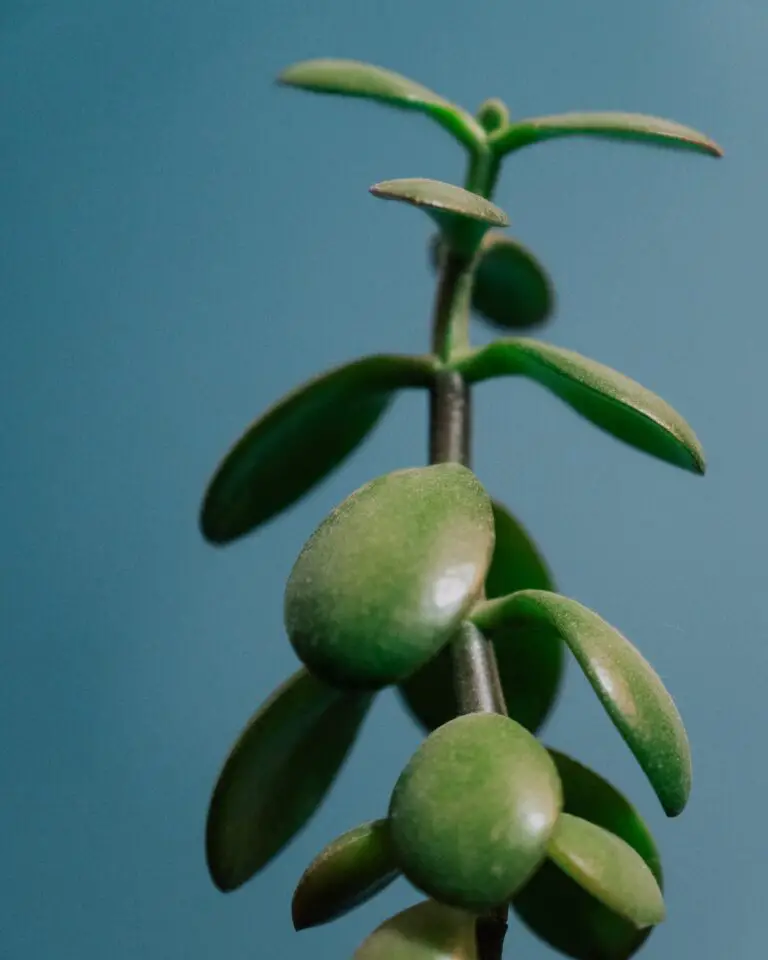
Welcome to the verdant world of Crassula, a diverse genus of succulent plants that have charmed their way into the hearts of houseplant enthusiasts across the globe. With their sculptural forms and a fascinating array of textures and hues, these tenacious plants not only decorate our windowsills but also spark curiosity about their place in our safe and serene indoor sanctuaries.
Originating from various regions including the southern tip of Africa, Crassulas are a testament to nature’s ingenuity – thriving in arid conditions by storing precious water in their leaves. Their uncanny ability to persevere where other plants may falter is part of their allure. But it’s not just their drought-resistant prowess that makes them a favored choice among green-thumbed collectors; it’s also the ease of upkeep that endears Crassulas to those new to the plant parenthood journey.
Yet, amidst their rising popularity, a leaf of concern unfurls: Are these charming succulents, which we so lovingly tend to, potentially harmful to us? A legitimate worry, especially when our living spaces are shared with these silent green companions that sit within our reach. If you’re just starting out on your houseplant adventure, it’s essential to arm yourself with knowledge on plant safety, which you can find in our Ultimate Guide to Succulent Care.
As we tend to lean in for a closer look at our Crassula’s plump leaves or brush against them while watering, it’s only natural to ponder their impact on human health. Are they just innocent bystanders adding a dash of green to our walls, or do they harbor a toxic secret? Let us delve deeper and debunk some myths surrounding these extraordinary plants.
Understanding Plant Toxicity
Have you ever looked at a plant and wondered if it’s a silent assassin for your health? When it comes to the mysteries of plant toxicity, things aren’t always what they seem. First off, let’s clear the air: just because a plant is toxic to your furry friends doesn’t mean it poses the same risk to us humans. It’s a bit like comparing apples and oranges—or in this case, cats and people!
You see, the thing about plants like Crassula is they’re like mini-chemists, brewing up concoctions that can vary in their effects. And it’s not just about the plant itself; different parts can play different roles in this botanical drama. Some might make your skin itch if you touch them, while others could cause a stir if you decide to make a salad out of them (which, for the record, is not recommended).
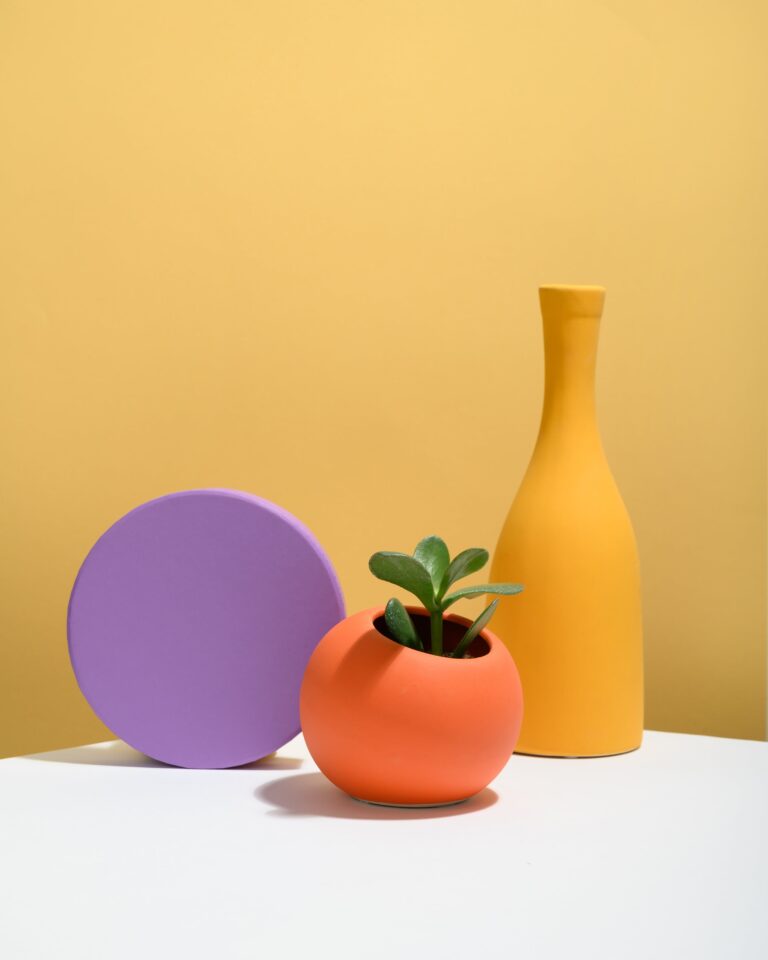
Determining a plant’s toxicity is a bit like detective work. Scientists study the sap, leaves, and every nook and cranny to understand the potential reactions each part might produce. Take our green friend the Crassula, for instance. Its sap might be irritating to some people, causing a rash that shouts, “Keep your hands to yourself!” But here’s a twist: the flashy, fleshy leaves that are a joy to behold? They might be harmless after a brush or a touch.
Remember, the key to keeping the relationship with your plants healthy and harmonious is knowing them well. If you’re craving more green wisdom, especially on how to keep your Crassula looking sharp without getting on its bad side, there’s plenty to discover.
In short, the path to peaceful coexistence with plants is paved with knowledge and a touch of caution. While Crassula might look innocent enough, respect its space and handle with care, unless you want to be part of an ‘itchy and scratchy show’. Remember, the difference between a friendly and a foe-like flora often lies in the details of their natural defenses.
Is Crassula Toxic to Humans?
When it comes to the plants we welcome into our homes, we often overlook the fundamental questions of safety and toxicity. So, let’s dive into the buzz around the beloved Crassula, also known as the jade plant. Is this common succulent friend or foe to human health? The community of green-thumbed enthusiasts has been swirling with tales and queries, much like the twisted branches of a Crassula ovata. The reality is nuanced and hinges on the intersection of science and anecdotal wisdom.
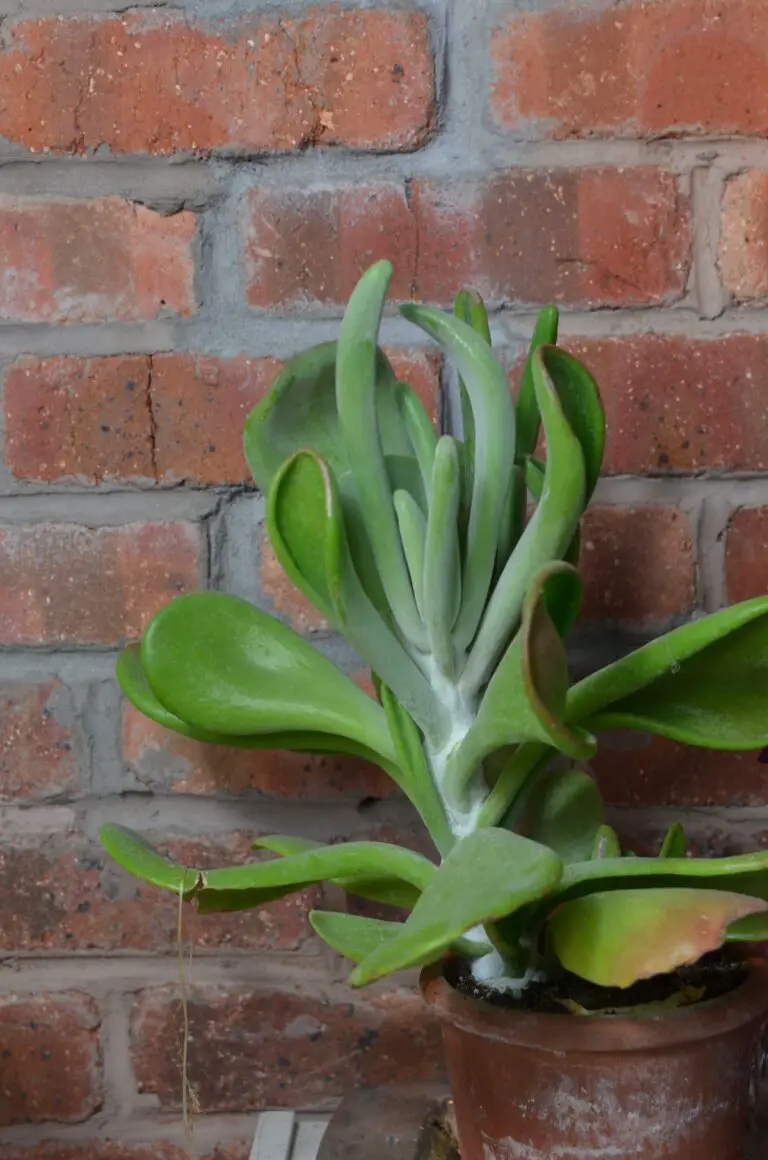
Firstly, research on the matter is, surprisingly, as scarce as water in a desert of succulents. Few in-depth studies have tackled the subject head-on, leaving many of us to rely on the snippets of information scattered across the plant-care universe. Some reports suggest that Crassula species contain toxic compounds that could provoke a bitter taste, mild nausea, or even an upset stomach if ingested in significant quantities. However, quantifying what ‘significant’ means in this context is often as elusive as a mirage.
Anecdotes also play a vibrant role in unraveling the enigma of Crassula’s toxicity. On garden forums and in casual conversations, stories abound of curious pets nibbling without consequence or children treating the fleshy leaves as a green snack to no ill effect. Yet, for every narrative of peaceful coexistence, there’s a whisper of adverse reactions, serving as a reminder that the line between myth and fact is often as thin as a succulent leaf.
Take, for instance, a gardener in a peaceful suburban town who discovered his Crassula missing chunks courtesy of his adventurous toddler. Panic ensued, followed by a rush to the emergency room. The outcome? A clean bill of health, with doctors deeming the incident more scary than hazardous. It’s such real-life stories that highlight the need for more comprehensive research, even as they reassured countless plant parents about Crassula’s relatively benign nature.
Delving into the heart of this succulent saga, it becomes clear that treating Crassula with the same caution as one would exercise around any unfamiliar plant is the sage move. While evidence points towards minimal risk for humans from casual exposure or minor taste-testing, advocating for caution and further research is the responsible chorus sung by plant experts and medical professionals alike.
Identifying Crassula Varieties and Their Toxicity Levels
If you’re a lover of succulents, chances are you’ve crossed paths with the charming and diverse Crassula family. Known for their alluring foliage and architectural forms, Crassula plants add a dash of natural splendor to any interior or garden. But as we bond with these beauties, an essential question lingers: is crassula poisonous to humans? Let’s take a deep dive into the various Crassula varieties and their supposed toxicity levels!
One popular member of the Crassula family is the Jade Plant (Crassula ovata), also celebrated as the “Money Plant.” It’s practically a staple in the succulent collection. On a sunny afternoon, you might catch a fellow plant enthusiast meticuously caring for their prized Jade Plant, oblivious to the potential risks. While highly adored for their plump, green leaves, these Crassula plants harbor a secret: they can be harmful if ingested.
Then there’s the ‘Silver Jade’ (Crassula arborescens) with silvery-blue leaves that shimmer like moonlight. It’s an eye-catcher, but don’t let its beauty deceive you; it’s another variety that calls for caution around curious children and peckish pets.
On the other hand, we have Crassula varieties like the ‘String of Buttons’ (Crassula perforata), whose toxicity information appears somewhat nebulous. Imagine stumbling upon a tangled bunch draping elegantly over the edge of a shelf. It’s inviting but begs the question: safe or not?
Now, let’s give it up for the lesser-known, yet equally enchanting, ‘Watch Chain’ (Crassula muscosa). Its intricate design of tightly-packed leaves may inspire an artistic moment, but when it comes to edibility—it’s a firm ‘look, don’t touch.’
Moving on to the showstopper — the ‘Campfire Crassula’ (Crassula capitella). This fire-themed wonder transitions from green to blazing red with enough light. Whoever named it had a flair for drama, and rightfully so! But despite the fiery show, it remains cool under pressure when it comes to its toxic effects.
Amidst these revelations, it’s not just about the ‘do not consume’ signs. It’s the enriching bond between plant and planter that grows. To foster that connection, proper crassula plant care is a must. Whether that’s providing ample sunlight, the right watering regimen, or just whispering sweet nothings to encourage growth. Remember, caring for Crassulas is not just gardening; it’s a relationship.
In conclusion, although not all Crassulas are created equal in the realm of toxicity, it’s wise to exercise caution and keep them out of reach from children and pets. Make it a point to enjoy their beauty from a safe distance — after all, who needs nibble-size drama?

Symptoms of Plant Poisoning in Humans
Crassula plants, often tucked in cozy corners of homes, might be a sight for sore eyes, but there’s a flip side to these succulent beauties. It’s the silent question that hovers in every plant owner’s mind: Is this leafy friend more foe than friend to my family’s health? Today, let’s tackle what happens if a Crassula plant and human health cross paths in not-so-pleasant circumstances.
Now, imagine this: A family gathering, laughter fills the air, and little do you know, a curious nephew decides that green, plump leaf looks oddly chewable. Fast forward an hour, and there’s a chorus of concern. Symptoms can creep up subtly or hit you like a freight train. If you’ve watched how quickly a peaceful afternoon can turn into a rush for remedies, you know the drill. Tummy troubles can ensue, from nausea and vomiting to the more dramatic tales of diarrhea. Nobody’s singing songs when someone’s racing to the bathroom.
But it doesn’t stop there. Sometimes it’s a tingling or numbness that gives just the right amount of discomfort to ruin a day. On the more alarming end, excessive drooling might be more than an innocent byproduct of tasting something disagreeable. And for the grand finale, if lethargy spreads through someone faster than a yawn in a meeting, it’s time to sit up and pay attention.
The rule of thumb? If you’ve got a sneaking suspicion that the Crassula is the culprit behind these symptoms, it’s not the time for home remedies or wishful thinking. Seeking medical attention is the smart move here, because while Crassula is generally low on the toxicity spectrum for humans, it’s better safe than sorry. As the saying goes, “An ounce of prevention is worth a pound of cure.”
If you want to dive deeper into the rabbit hole of plant safety and understand more about the toxicity of Crassula, knowledge is power and a quick click away. But remember, while browsing through endless info is one thing, contacting healthcare professionals when you’re in doubt is non-negotiable.
To wrap it up, keep an eye on the greenery around your haven. Not all plants wear a warning sign, but knowing what to watch for can be the difference between a false alarm and a real one. Stay alert, stay informed, and let’s keep those Crassula plants as photogenic pals, not toxic trespassers.
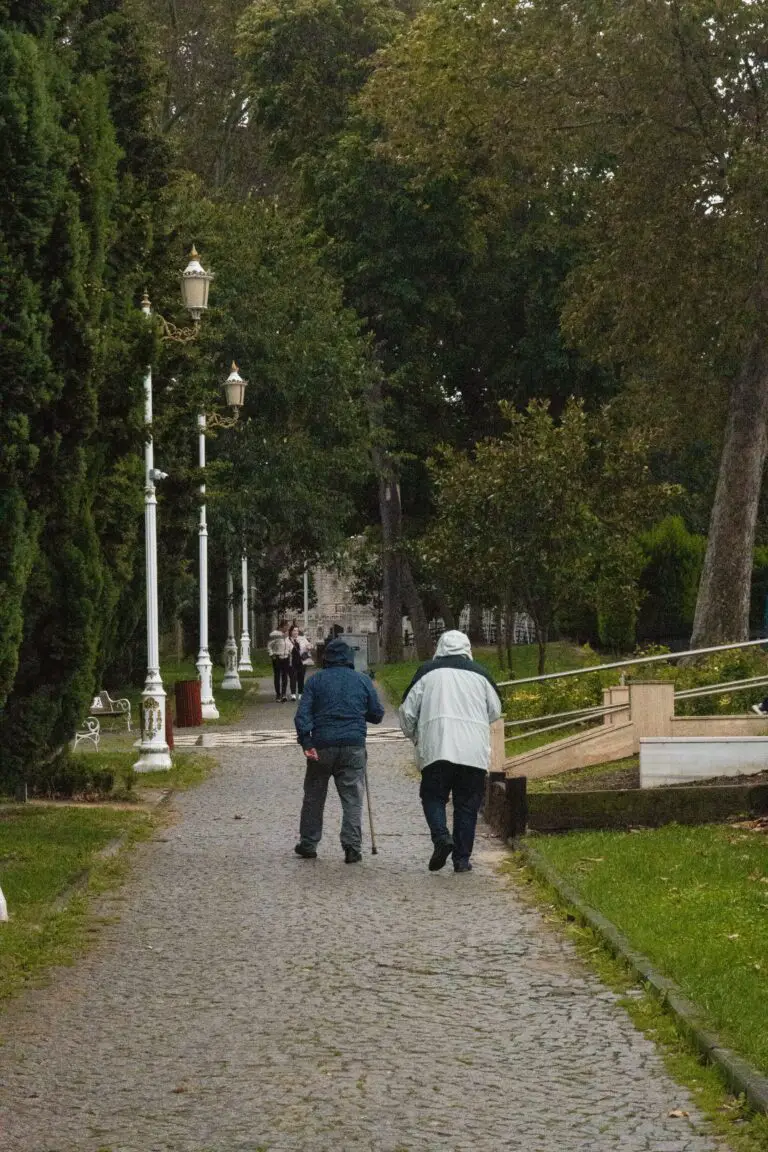
Who Is Most at Risk?
The Crassula family, with its lush leaves and architectural structure, has charmed its way into our homes, but the question lingers: is Crassula poisonous to humans? Let’s unfold the layers of this myth with a focused lens on those most vulnerable to plant-related mishaps. Common houseplants like the jade plant (Crassula ovata) are not generally considered lethal, but caution should never be an afterthought—especially when certain groups are more susceptible to the subtle nuances of plant toxicity.
Children, with their curious fingers and taste-for-adventure mentality, are often the first tick on the list of concern. It isn’t a rare spectacle to find them gnawing on a green leaf, but with Crassula, parents can breathe a sigh of relief as it poses little risk in small quantities. Yet, mindfulness is key—what’s a nibble for an adult can be a mouthful for a tot.
Shifting the spotlight to the elderly, who may have pre-existing health conditions, the Crassula’s sap could potentially irritate sensitive skin or cause mild gastrointestinal upset if ingested. Those with a frail health canvas should approach these succulents with the same care they would with any unfamiliar plant or substance.
Individuals with unique health situations, such as allergies or compromised immunity, might experience more pronounced reactions to the Crassula species. The key is education, awareness, and keeping these green beauties out of reach if there’s any cause for concern.
To visually dive deeper into the world of Crassula and why it deserves a spot in your green corner, take a moment to watch this enlightening video, shedding light on the nuances of Crassula plant care and safety:
In essence, when considering the question—is Crassula poisonous to humans—the answer leans towards ‘minimal risk’ rather than ‘clear and present danger.’ Nonetheless, identifying who is most at risk and taking the necessary precautions is paramount for a safe and enjoyable coexistence with these verdant companions.
Prevention and Handling Tips
Ever wondered if that charming Crassula sitting on your windowsill could be a hidden hazard? Let’s clear the air and make sure our green friends remain allies, not adversaries. Here’s your go-to guide for coexisting safely with Crassula plants, especially if you’ve got curious kids or pets at home.
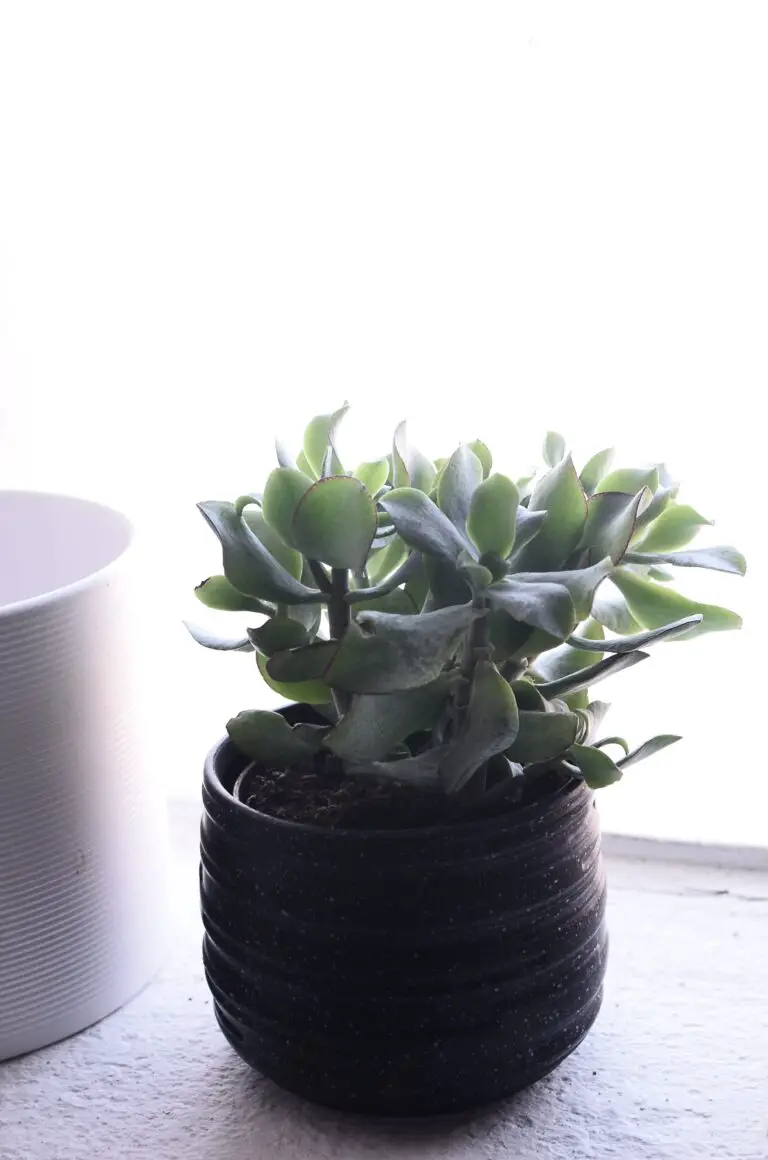
First Things First: Get the Facts Straight
It’s time we got to the root of the matter: Is Crassula harmful to humans? Direct toxicity to humans is generally low. However, the sap can cause mild skin irritation for some. Ingesting leaves isn’t a tasty treat, nor is it advisable—it can be especially problematic for pets. So, let’s talk turkey—how can we prevent accidents from happening?
Crassula Care: A Hands-On Approach
Think like a pro gardener—gloves are your best friends! When you’re trimming or repotting your Crassula, slide on a pair to prevent any sap contact. Bonus: Your manicure stays unscathed!
Location, Location, Location
Place your Crassula out of reach. That shelf that neither kiddos nor pets can scale? Perfect. And as an added perk, enjoy the zen view of your levitating green oasis from across the room.
Education is Your Best Defense
Teach your little ones and remind the grown-ups: plants are for admiring, not for a taste test. Illustrate the point with an anecdote—like when Aunt Mabel’s cat, Whiskers, decided a nibble was in order and ended up with a tummy ache. A cautionary tale helps the message stick.
Emergency? Stay Calm and Respond
Someone had a close encounter with your Crassula? Don’t panic. Remove any plant bits, rinse the area with water, and seek medical advice if needed. Remember, staying informed is your safeguard. Have your local poison control center’s number on speed dial, just in case.
Arm yourself with these savvy strategies, and you’re all set for a hazard-free, harmonious relationship with your beloved Crassula. Keep it green and serene!
First Aid Measures in Case of Suspected Poisoning
When it comes to plants and their interactions with humans, safety always takes the front seat. Now, let’s dive into the crucial steps you should follow if you suspect someone has been poisoned by a Crassula plant. Keep calm and carry on with these guidelines!
Step 1: Keep Calm and Assess the Situation
Take a moment to calmly assess the person’s condition. Are they conscious? Can they breathe normally? Is their skin changing color or developing a rash? Your first task is to ensure they are in a safe place and to remove any plant remnants from their reach.
Step 2: Identification Is Key
Identify the plant that has been ingested. Having a photo or a sample of the Crassula can make a world of difference when it comes to getting accurate medical assistance.
Step 3: Home Care—What You Can Do
If the person is conscious and alert, encourage them to sip on water or milk. This can help dilute the plant’s ingredients in their stomach. Extreme caution: never try to induce vomiting unless specifically instructed to do so by a health professional.
Step 4: Play It Safe—When to Call for Help
Every second counts. If symptoms escalate or if there’s any uncertainty, call emergency services or the Poison Control Center immediately. It’s better to err on the side of caution when dealing with potential poisoning.
Step 5: Professional Medical Intervention Is Crucial
Don’t shy away from getting professional help. Even if symptoms seem mild, they could be the prelude to a more serious reaction. Share all the information about the incident with medical personnel, and remember, the quicker the intervention, the better the chances of a positive outcome.
In the meantime, let’s not forget about preventing accidents. Educate family and friends about the importance of recognizing and respecting household plants, and keep potential nibblers like children and pets at bay. Think of it as a fun and interactive session where you get to unravel the mysteries of your green companions.
Remember, while most guidelines speak about the common Crassula ovata (jade plant), facts can vary among the diverse species within the Crassula family. Keep an open mind, and always prioritize health and well-being over plant aesthetics.
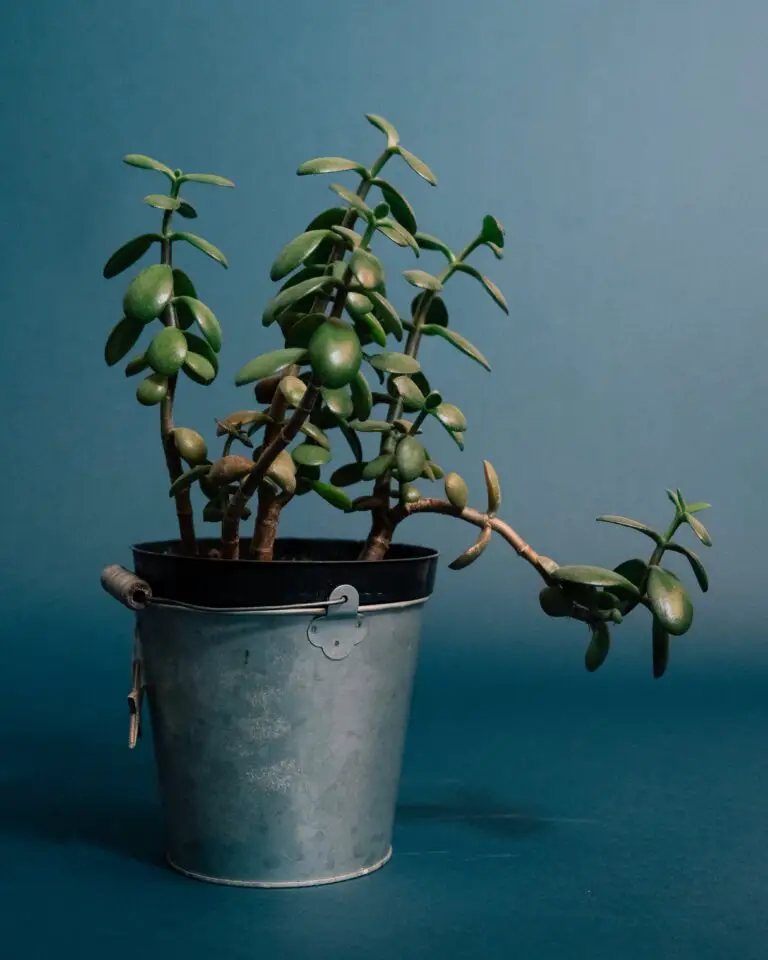
A real-life example? Picture Julie, a keen gardener, who suddenly noticed her toddler with a Crassula leaf in his hand. Not taking any chances, Julie rang up her pediatrician, who guided her through the first aid steps while they waited for a medical assessment. It turned out to be a false alarm, but Julie’s swift and informed response was commendable!
By becoming familiar with the proper first aid measures, we empower ourselves to react intelligently, should such an unfortunate event occur. Let’s embrace our love for these succulent beauties with an ounce of precaution and a pound of knowledge.
Alternative Non-Toxic Houseplants
Not ready to give up on the rejuvenating aura of indoor greenery because of safety concerns? Fear not! Turn your home into a verdant oasis with a twist—plant choices that prioritize your health. Let’s explore some non-toxic superstars that promise peace of mind and thriving green leaves.
Breathe easy with the Spider Plant! Beloved for its resilience and air-purifying qualities, this champ thrives even in the face of neglect. With graceful, arching leaves that dance in the breeze, the Spider Plant filters your air while staying friendly to curious pets and tiny tots.
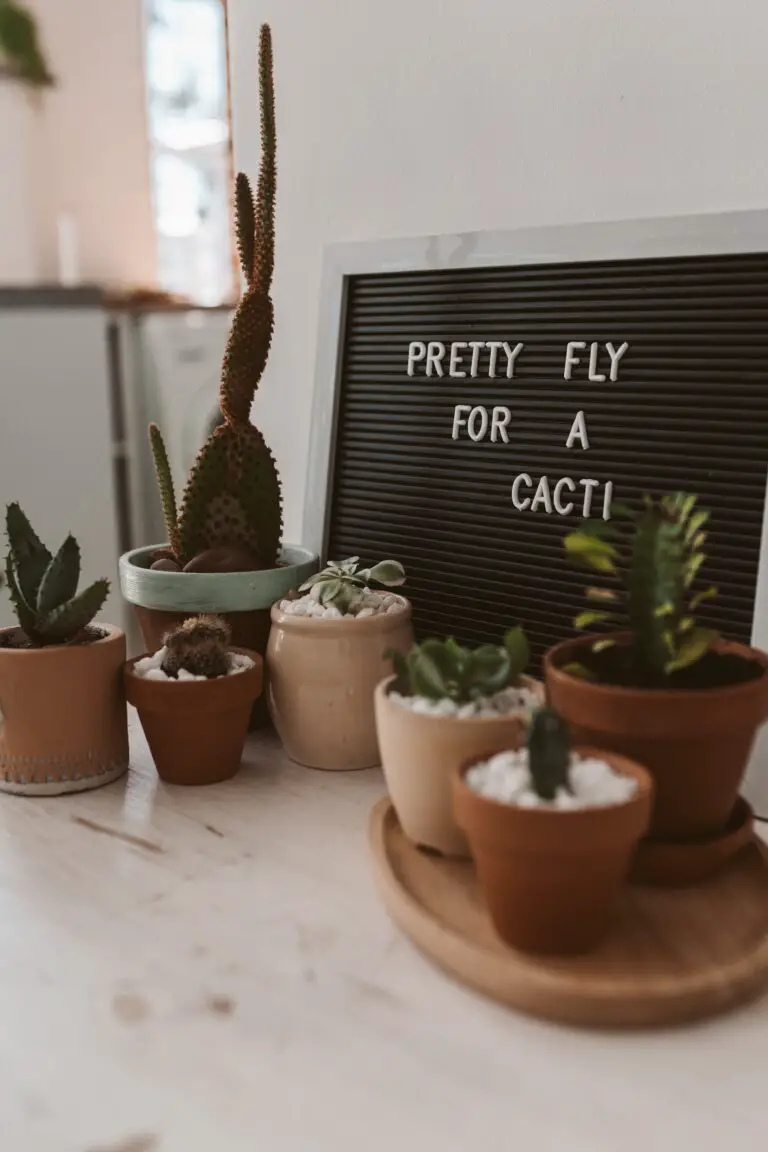
Channel the tropics with the lush, broad leaves of the Areca Palm. This perky plant not only brings a touch of the exotic but does so without a hint of toxicity. Brighten up a dull corner or create a living screen; the Areca Palm is versatile and vivacious!
Lift your spirits with the chirpy Peperomia. Its waxy, deeply textured leaves come in an array of shades and shapes, making it a fetching pick that’s utterly safe. Compact and cheerful, Peperomia fits the bill for small spaces and desks that need a fresh friend.
Savor the sheer delight of a Boston Fern, draping elegantly over a hanging basket or perched proudly on a high shelf. It’s a cascade of lush, feather-like fronds that purifies your home environment and stays true to its non-toxic roots.
If these green wonders still leave you yearning for more, consider the dainty charm of African Violets. With velvety leaves and dabs of vivid color from their blooms, these pet-safe beauties can ignite a spark in any room without causing a worry.
Embrace the wholesome beauty of indoor gardening with these non-toxic champions. From air purification to visual allure, let your living space flourish while keeping health hazards at bay. Green-thumb or not, your holistic haven awaits!
Frequently Asked Questions
Ever stared at your Crassula plant and hoped it would spill the beans about its true nature? I know, plants don’t talk, but we’re here to decode their mysteries for you. Let’s dive into the leafy depths of this FAQ section, where we uncover truths, bust myths, and answer those burning questions about our green friends and their effects on us, the curious caretakers.
Can I confuse my Crassula with other plants? How can I tell it apart?
So, you think you’ve got a Crassula but can’t shake the feeling it might be an impostor? Typical Crassulas are the masters of mimicry with their fleshy, glossy leaves that seem to wink at succulent admirers. The trick is in the details – look for tightly packed leaves that form a distinctive rosette pattern. These aren’t just any leaves; these are Crassula-leaves the Michael Jackson of plant leaves – always in a thriller formation!
Does the age or size of the Crassula affect its toxicity levels?
It’s a common tale; the older it gets, the wiser and more potent it becomes – but does that apply to Crassulas? Let’s clear the air: there’s no secret aging process that turns these succulents into botanical villains. Young or old, big or small, they maintain their chemical makeup like a steadfast character in a soap opera. Don’t let their size intimidate you; they’re as consistent as the plot of your granny’s favorite daytime drama.
Oops! I ate a leaf! What should I do if someone ingests Crassula?
First off, our verdant pals are not for snacking – no matter how salad-like they appear. But accidents happen; maybe that leaf looked too much like a rogue piece of kale. If Crassula does make its way to your stomach, stay calm. While Crassulas can be mildly irritating, they’re far from your household villain. Still, acting like the latest action hero, call your healthcare provider—or if it’s your little one with the green tooth, the Poison Control Center. Fast action is your superpower here; use it wisely!
Curious to see a Crassula in action and maybe get some peace of mind about its harmlessness? Check out this video that delves into the succulent world where our plump, leafy star takes the spotlight:
Remember, the plant kingdom is a wondrous realm filled with enchantment and a dash of confusion. Our job is to clear the fog and help you enjoy your leafy companions, knowing full well that they’re as friendly to your home as a wagging tail is to a dog. Stay informed, stay safe, and keep nurturing your green oasis!
